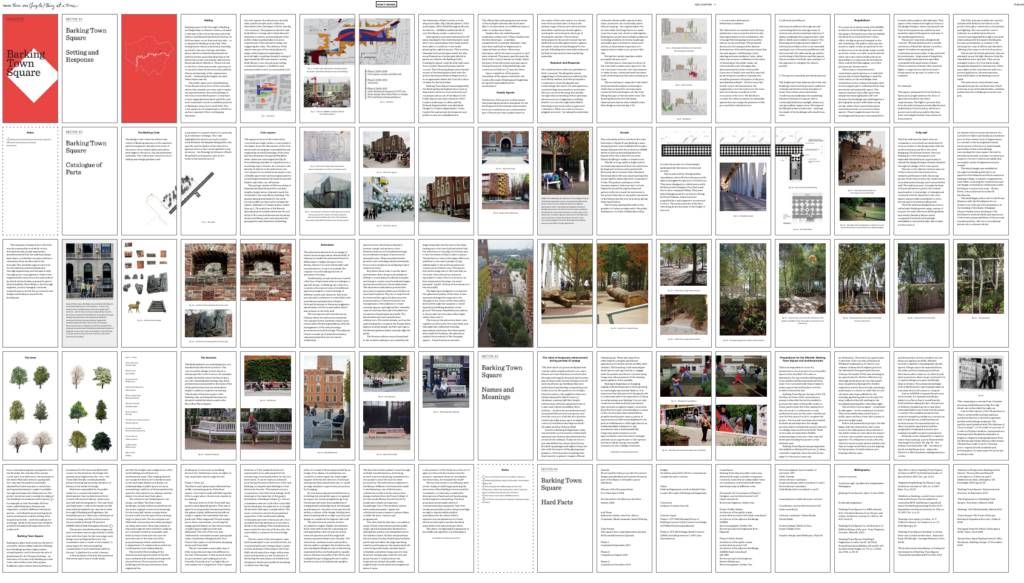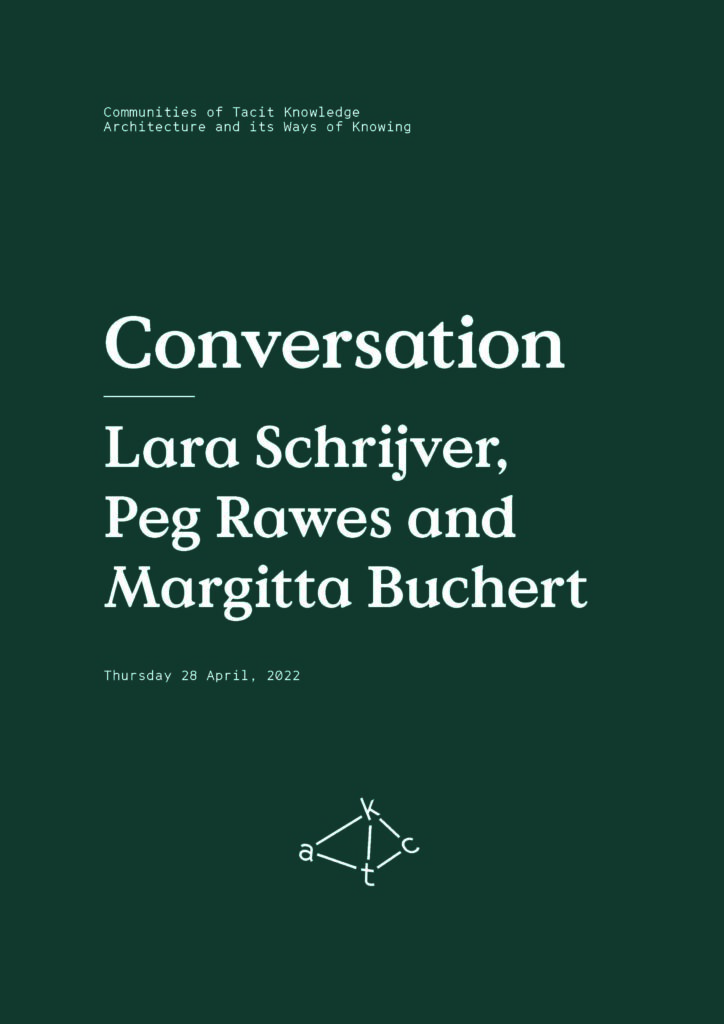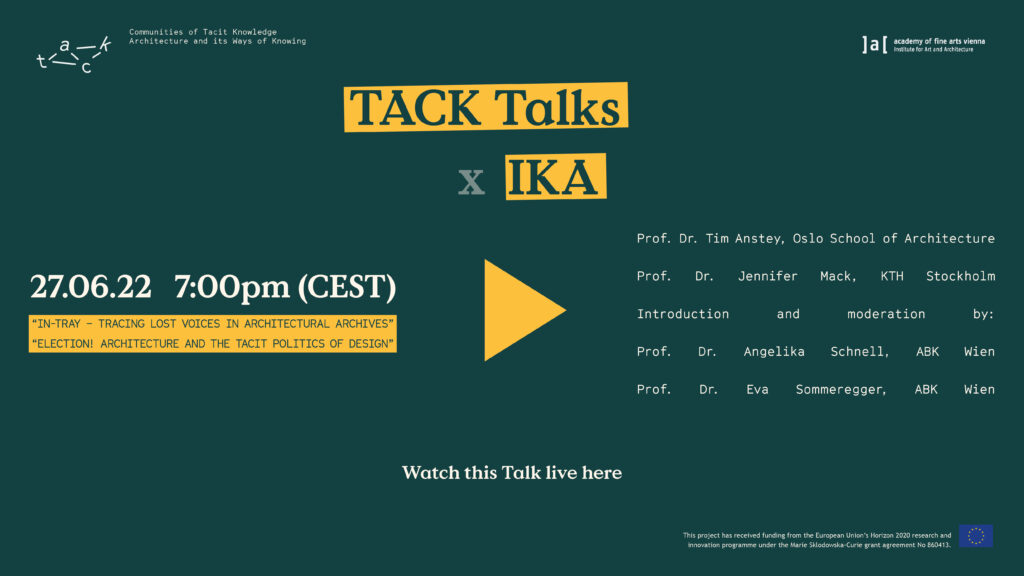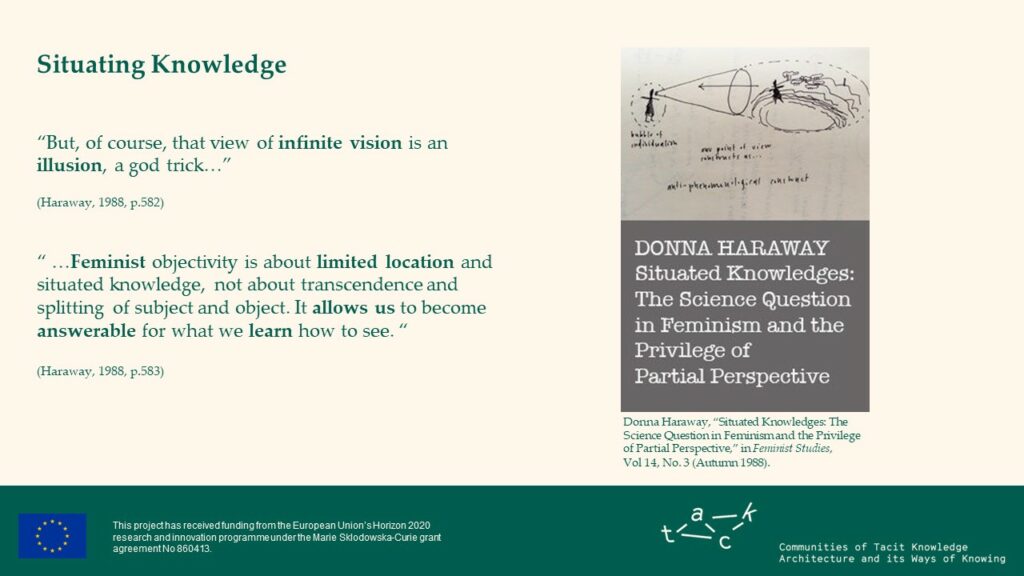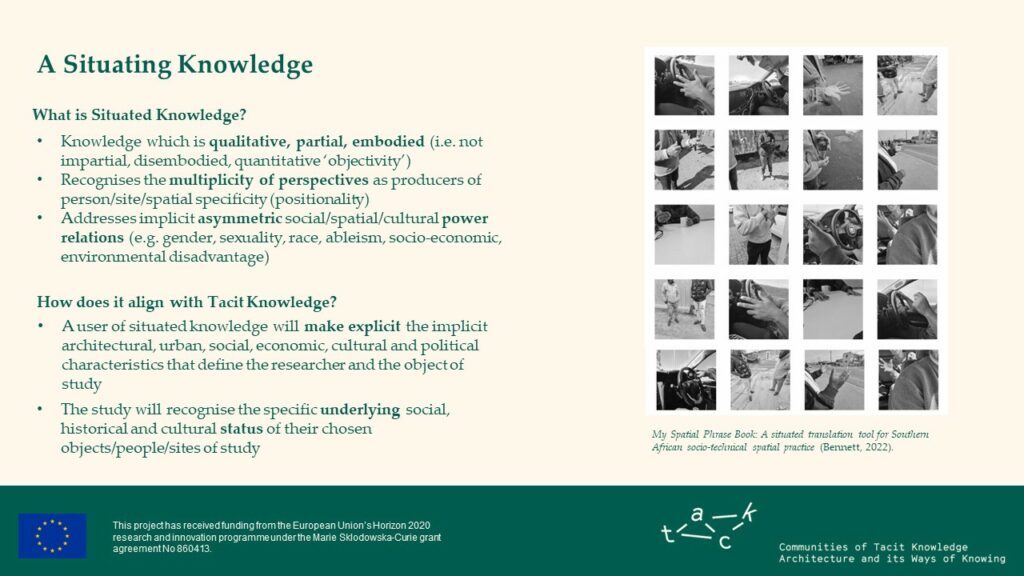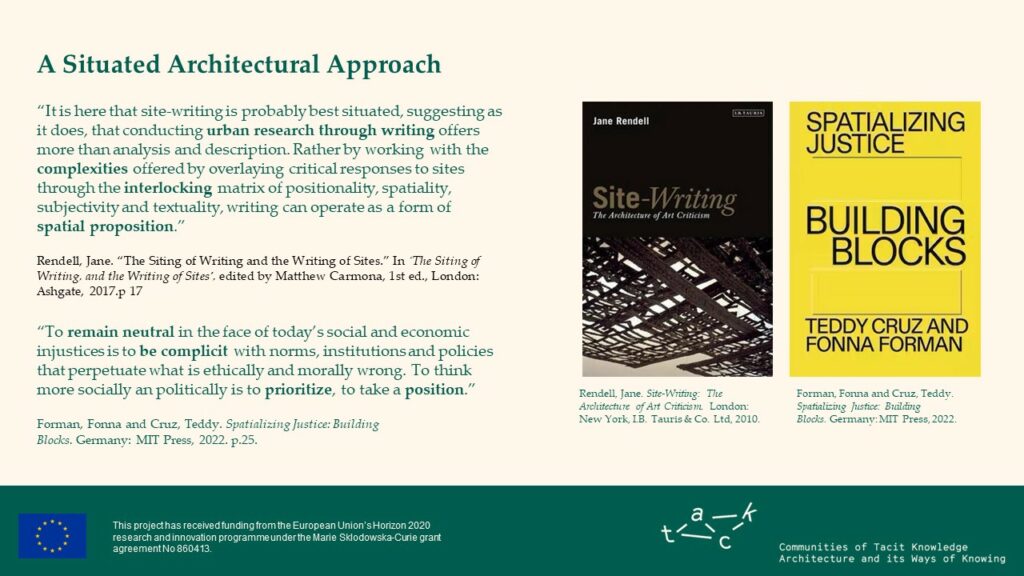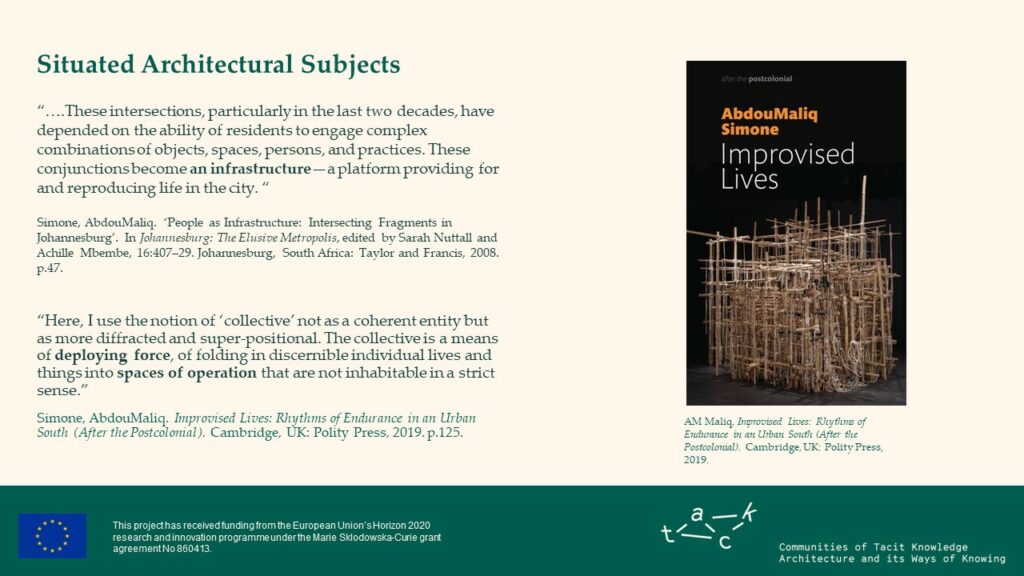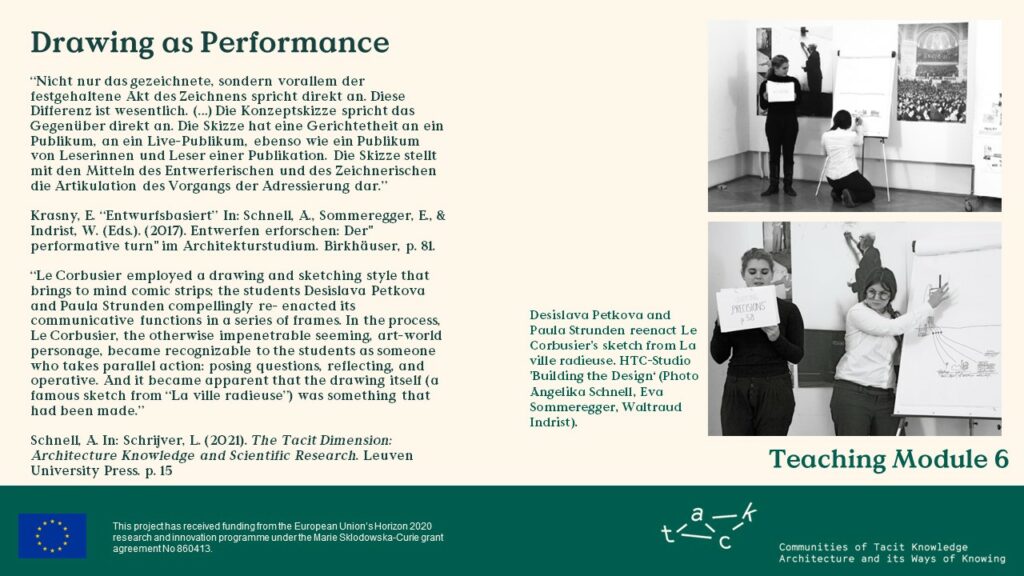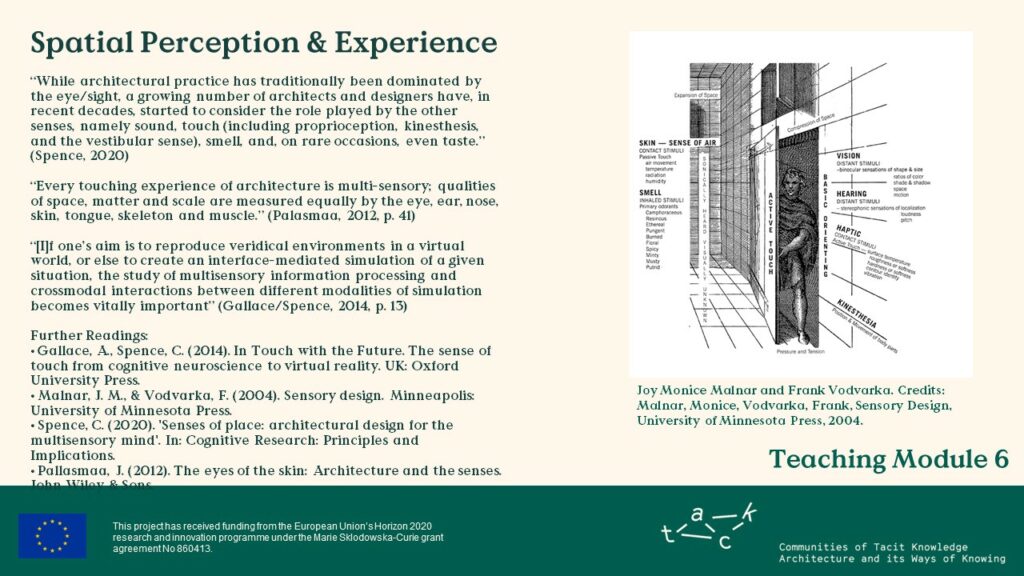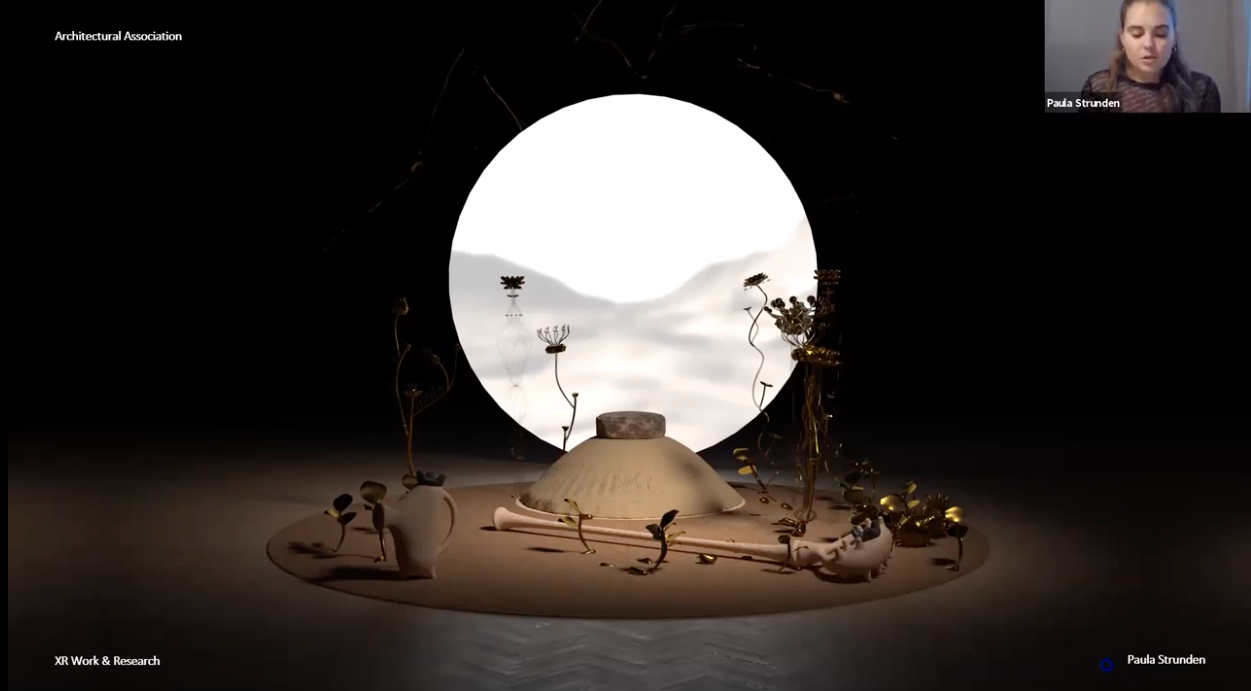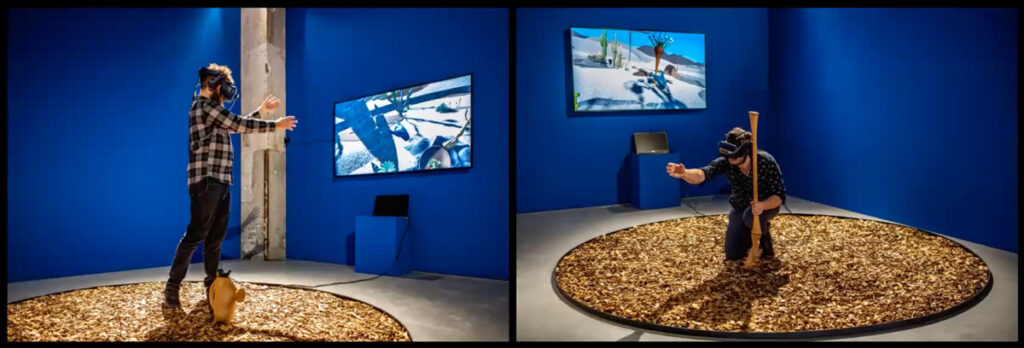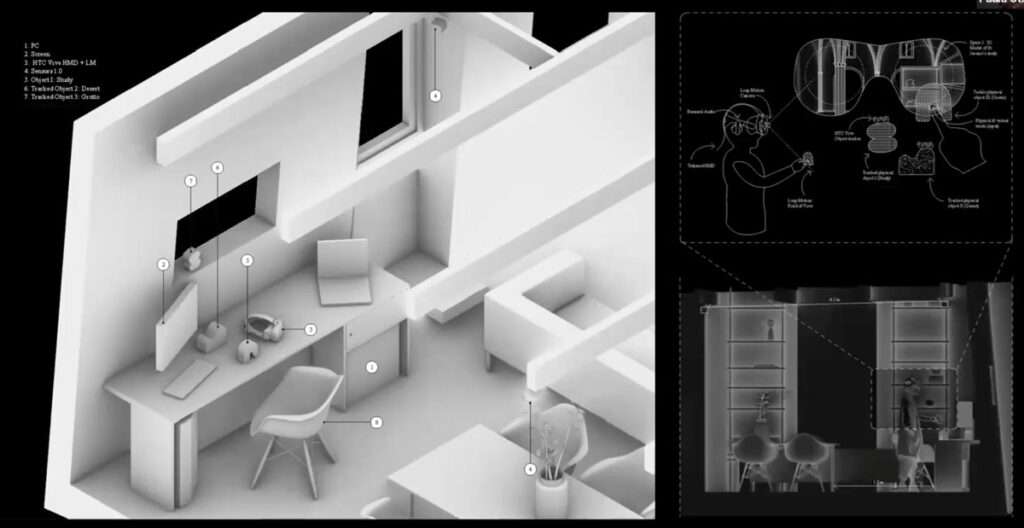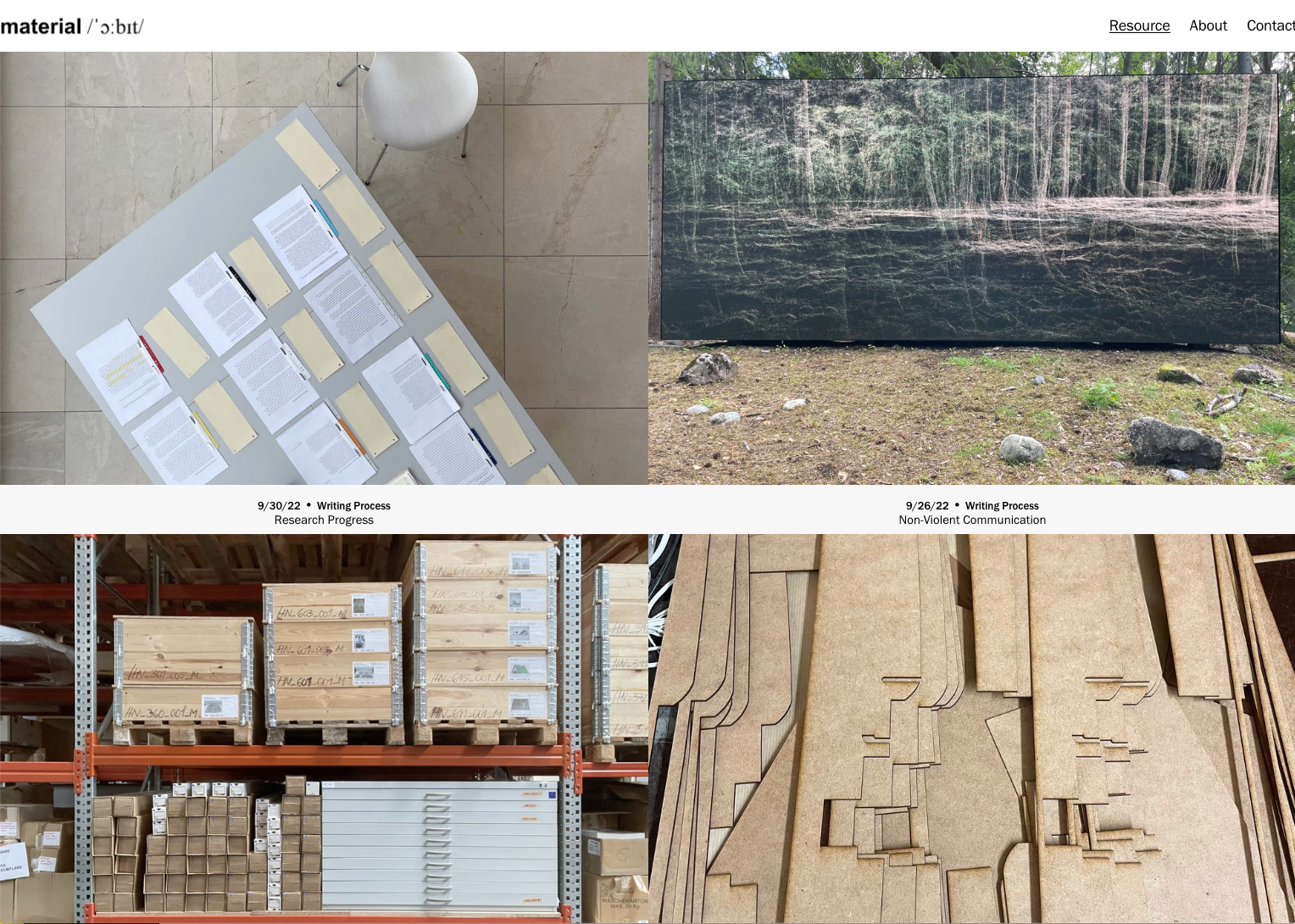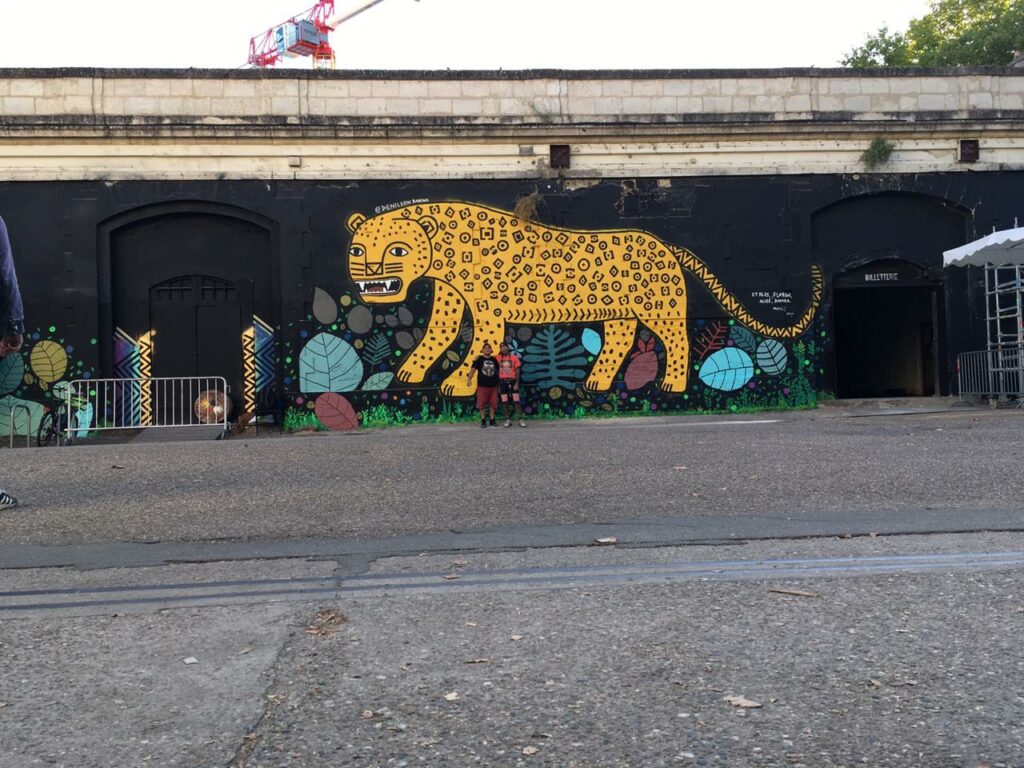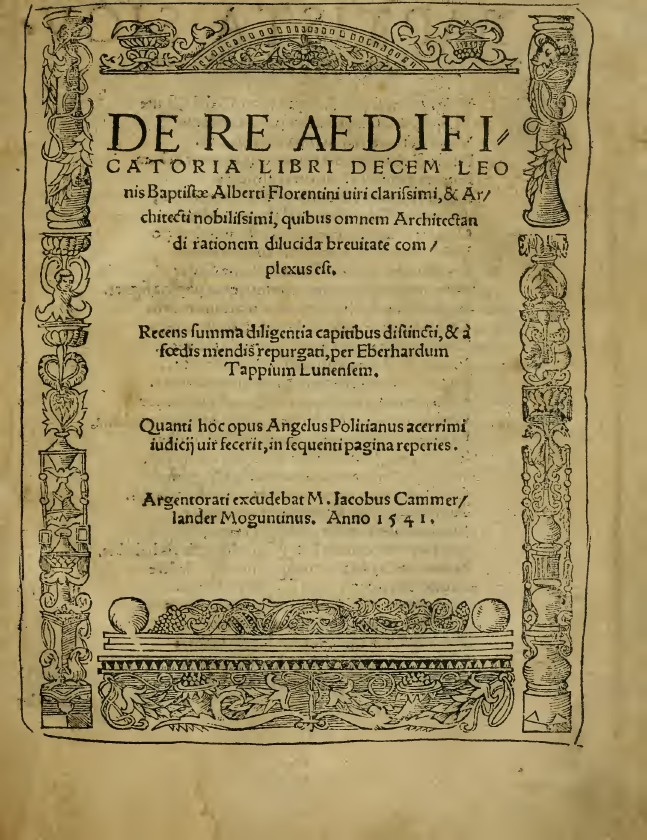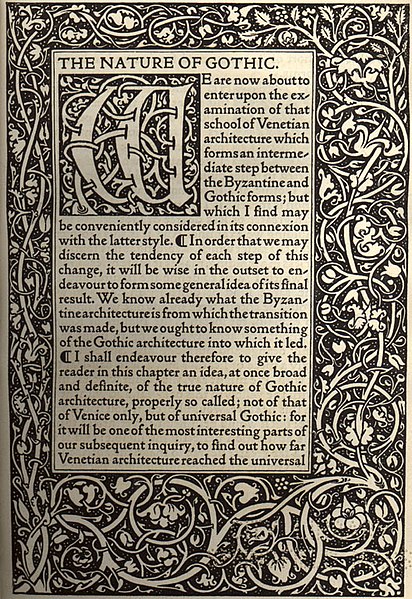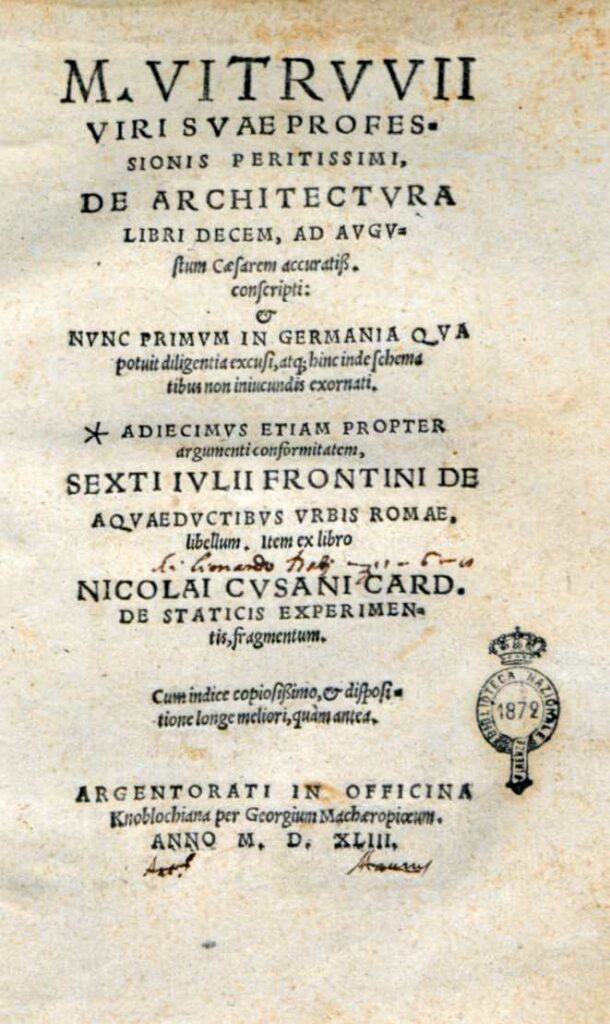Conference Paper
Open Access Publication
Paper
Urban Predation: The symbolic economy of the Pixo
Image 02: Denilson Baniwa Yawareté Mural
Artist: Denilson Baniwa
Photo: Rafaela Campos Alves
, © Creative Commons
ABSTRACT
This essay proposes an analysis using the “symbolic economy of predation” to provide new perspectives on the question of pixo. For this, pixo will be considered as any act on walls, building facades, asphalt or monuments rejecting the hierarchical separations between writing, scribbling, painting or graffiti imposed by the art system and other institutions.
In Amerindian ontology, as Viveiros de Castro describes, the feeding regime is the predominant model upon which relations are perceived. The predator and prey duality stands as the archetypical role ruling interactions between different subjectivities and perspectives. This “symbolic economy” permeates social relations and translates them into a particular epistemology shared by many indigenous peoples throughout the Amazon region.
We aim to consider the relationships between those who practice pixo and the city through an analogy with the predator and prey dialectic. We argue that, on the one hand, these taggers get symbolical dominion over the city’s territory by marking places with their signatures, thus gaining recognition from their peers; on the other, the city - represented by formal governmental and economic institutions - preys upon taggers by criminalizing their practice as vandalism and by socioeconomically excluding peripheral populations, thus denying their access and right to the city itself. Pixo is a reaction to the passive role imposed on society that gains critical and artistic qualities as a practice of protest, endorsing its predatory performance.
This analogy intents provide a new perspective to describe the city and its complex relations with the aesthetical and social realities of its inhabitants. A distinct description of the urban relations that might enable planners and policymakers to evaluate socio-political phenomena within the city through a new set of lenses, allowing the development of innovative approaches to tackle and decriminalize conflictual practices as the pixo.
Eric Crevels
Alice Queiroz







